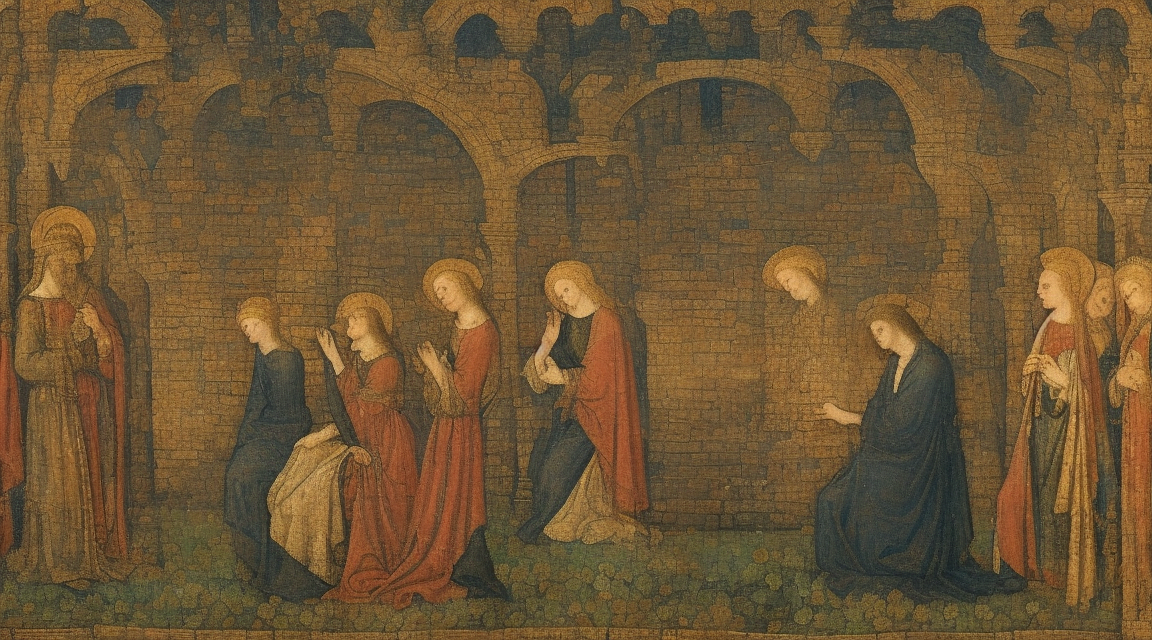Medieval art is a captivating art movement that emerged in Europe during the Middle Ages, lasting from the 5th to the 15th century. With its rich symbolism, intricate details, and religious themes, Medieval art holds a special place in the history of art. In this article, we will delve into the origins, characteristics, symbolism, historical significance, and lasting influence of this remarkable art movement.
Origins and Influences
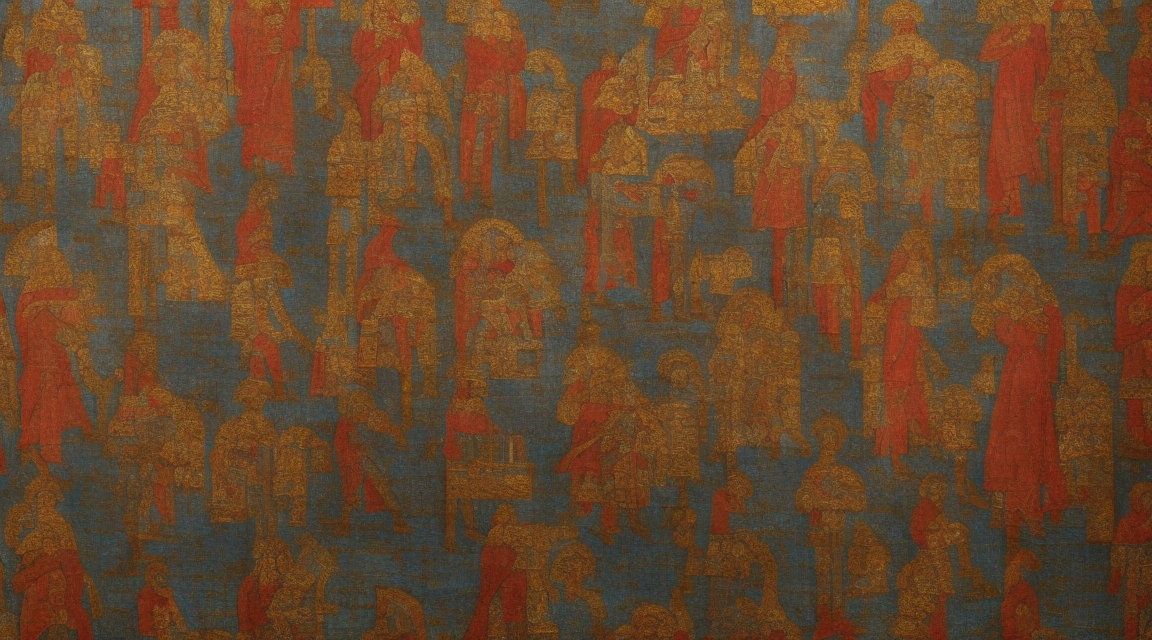
Medieval art, also known as “Christian art,” was heavily influenced by the religious beliefs and practices of the time. It started to take shape after the fall of the Western Roman Empire in the 5th century. The Catholic Church became a major patron of the arts, leading to the proliferation of religious artworks.
One of the main influences on Medieval art was the Byzantine Empire. Through trade and the spread of Christianity, Byzantine art and iconography influenced the artistic style and techniques of the medieval artists. The use of gold backgrounds, stylized figures, and religious themes became characteristic of Medieval art.
Characteristics of Medieval Art
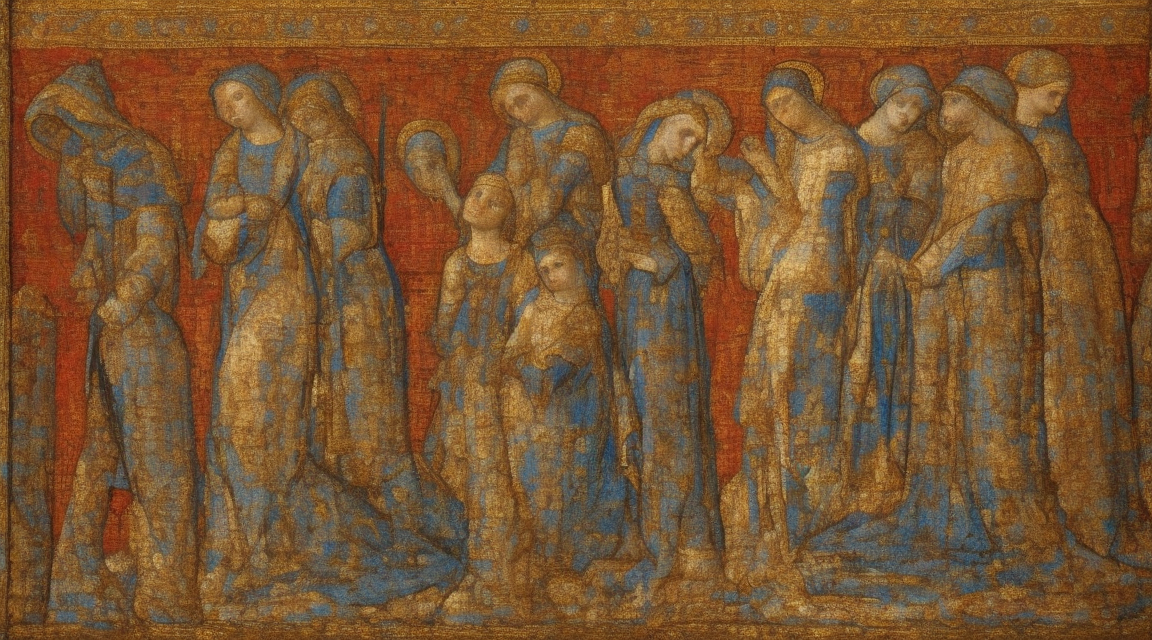
Medieval art is characterized by its distinctive style, which is evident in its use of vibrant colors, intricate details, and a focus on religious subjects. This art movement is best known for its illuminated manuscripts, stained glass windows, and elaborate church decorations.
The paintings and sculptures of Medieval art often depicted biblical stories, saints, and religious figures. The figures in these artworks were typically stylized, with elongated bodies, symbolic gestures, and expressive features. The purpose of these depictions was not to convey a realistic representation but rather to communicate spiritual and moral messages to the viewers.
Architecturally, Medieval art is renowned for its grand cathedrals, soaring spires, and ornate decorations. Gothic architecture, with its pointed arches and ribbed vaults, became prevalent during the later period of the Middle Ages. These architectural marvels were not just functional spaces but also served as a visual representation of the glory of God.
Symbolism and Meaning
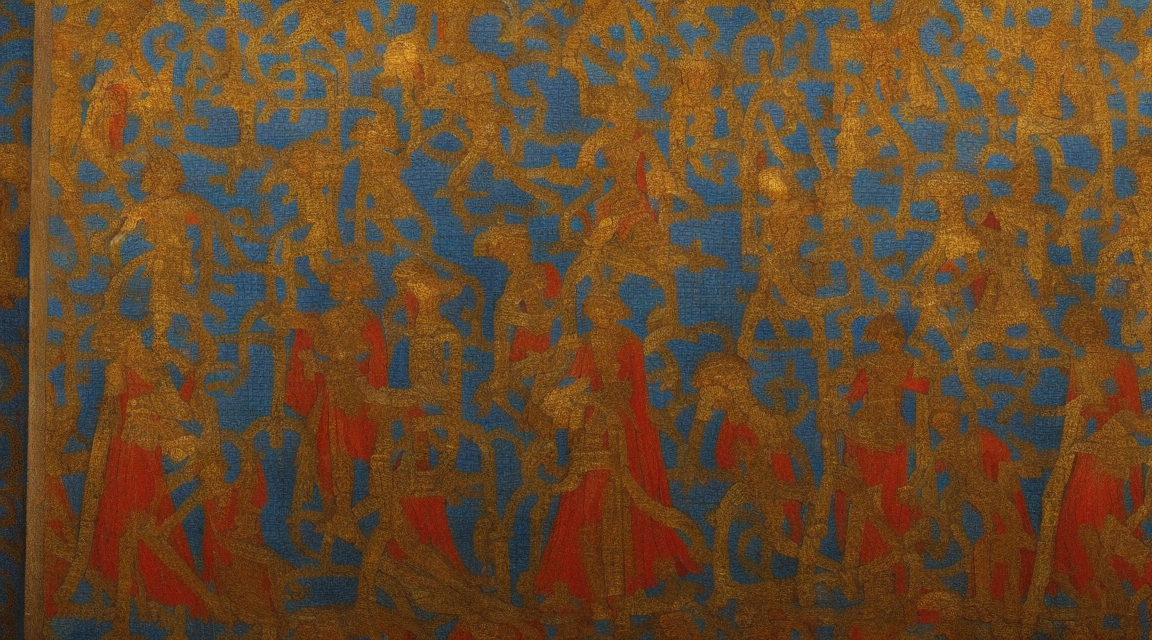
Symbolism played a significant role in Medieval art, as artists used various symbols to convey deeper meanings and spiritual truths. Colors, for instance, carried specific symbolism. Gold symbolized divinity, blue represented the Virgin Mary, and red was associated with martyrdom and sacrifice.
In addition to colors, other symbols were frequently used in Medieval art. The lamb symbolized Christ’s sacrifice, the dove represented the Holy Spirit, and the lily symbolized purity and innocence. These symbols helped convey the religious messages intended by the artists and allowed the viewers to connect with the divine.
Significance in Historical Context
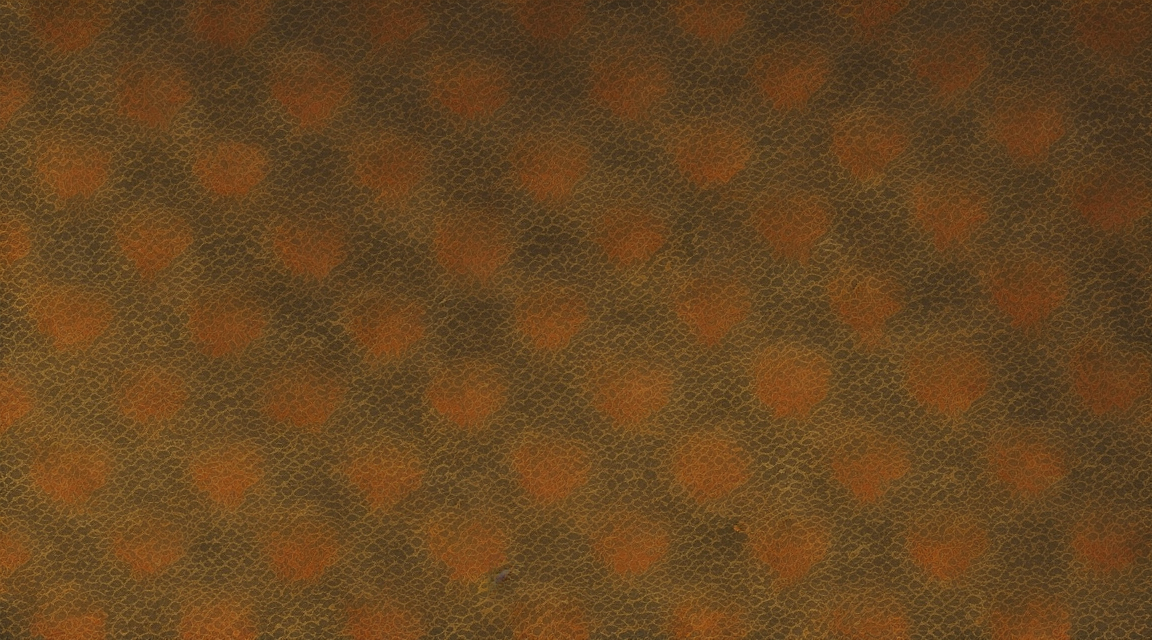
The significance of Medieval art extends beyond its aesthetic beauty. It was an integral part of the religious and cultural fabric of medieval society. The art served a didactic purpose, educating the largely illiterate population about religious stories and teachings. Through the visual narratives depicted in artworks, the Church sought to reinforce its authority and promote religious devotion.
Medieval art also played a crucial role in shaping the identity of different regions and cities in Europe. Cathedrals and religious buildings became symbols of power and wealth, as kings and nobles competed to build the most magnificent structures. These architectural wonders still stand as testaments to the artistic and cultural achievements of the Middle Ages.
Legacy and Influence on Contemporary Art
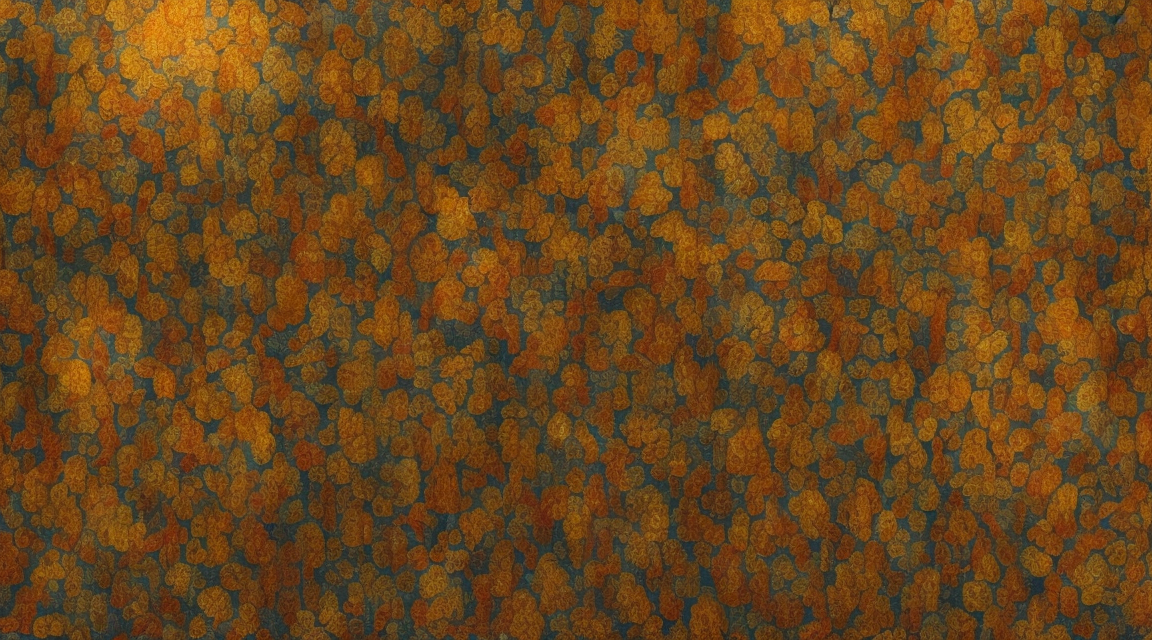
The legacy of Medieval art can be seen in various art movements throughout history. The emphasis on religious themes, symbolism, and devotion to craft served as the foundation for art movements such as the Renaissance, where artists like Leonardo da Vinci and Michelangelo drew inspiration from the artistic techniques and themes of the Middle Ages.
In contemporary art, elements of Medieval art continue to inspire and influence artists. The use of religious symbolism, intricate details, and a focus on spiritual themes can be seen in the works of artists who seek to explore or challenge traditional religious beliefs.
Conclusion
Medieval art, with its intricate details, rich symbolism, and religious themes, offers a captivating window into the artistic and cultural achievements of the Middle Ages. Its influence is evident in many art movements throughout history and continues to inspire contemporary artists. By unveiling the beauty of Medieval art, we gain a deeper appreciation for the artistic and spiritual heritage of our ancestors.
Unveiling the Beauty of Medieval Art: A Journey through the Art Movement
The Impact of Pop Art on Modern Culture
The Evolution of Cubism: How Picasso Redefined Art with Geometric Shapes
